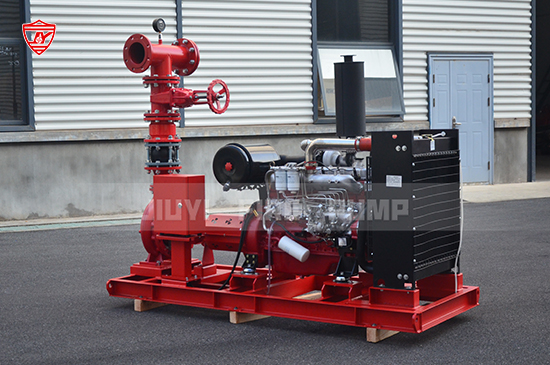Proper fire pump room ventilation is not just a recommendation—it’s a critical requirement for ensuring the reliability, performance, and longevity of your fire protection system. Whether you're installing diesel engine fire pumps or electric fire pumps, maintaining adequate airflow is essential to safety and compliance with standards like NFPA 20.

Fire pumps, especially diesel engine-driven models, generate significant heat during operation. Without proper ventilation, temperatures can rise rapidly, leading to:
Overheating of the engine
Reduced pump efficiency
Potential failure during emergencies
Adequate ventilation ensures continuous airflow to dissipate heat and maintain ideal operating temperatures.
The NFPA 20 standard mandates specific requirements for fire pump room ventilation. These include:
Sufficient airflow to maintain ambient temperature below the engine manufacturer’s maximum allowable limits.
Use of louvers, fans, or natural ventilation systems where applicable.
Separation of intake and exhaust systems to avoid recirculation of hot air.
Compliance not only avoids penalties but also ensures your system is audit-ready and rescue-reliable.
Poor ventilation can lead to corrosion, premature wear, and failure of sensitive components such as control panels, motors, and batteries. A well-ventilated pump room reduces:
Humidity accumulation
Heat damage
Risk of malfunction under emergency conditions
This reduces maintenance costs and extends the life cycle of your fire pump systems.
In emergencies, your fire pump must operate flawlessly. Inadequate ventilation can compromise safety by:
Causing diesel engines to shut down
Increasing fire hazards due to excessive heat
Creating unsafe working conditions for personnel
A well-ventilated space contributes to a safer environment for both equipment and people.
Good airflow helps maintain energy efficiency by:
Reducing the load on motors and engines
Eliminating the need for excessive cooling equipment
Optimizing engine combustion (especially for diesel systems)
This leads to lower energy consumption and improved performance during critical moments.